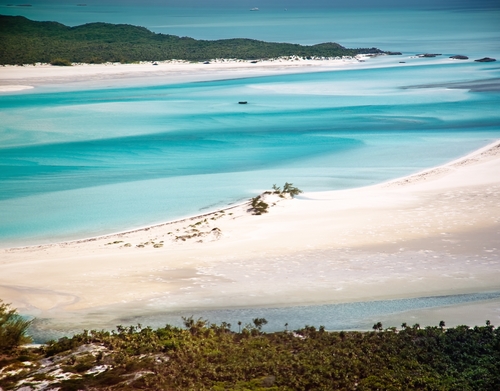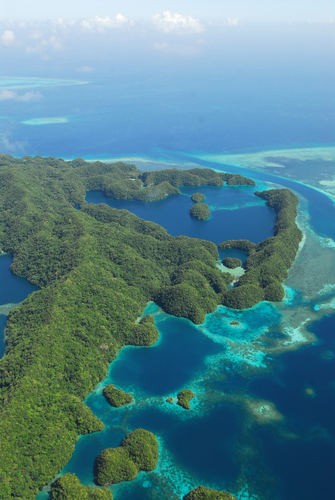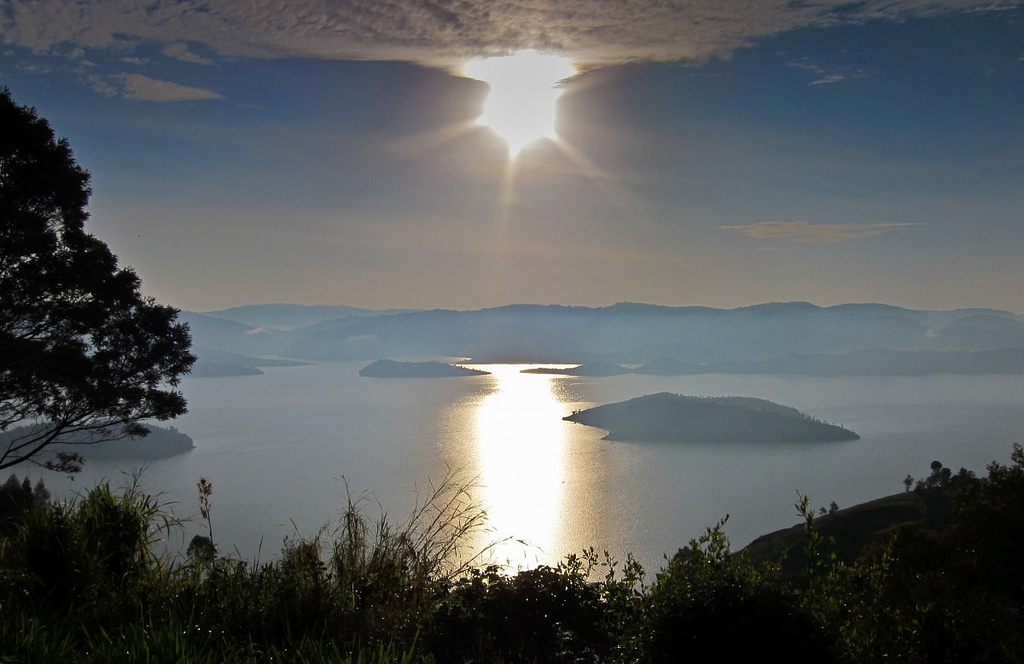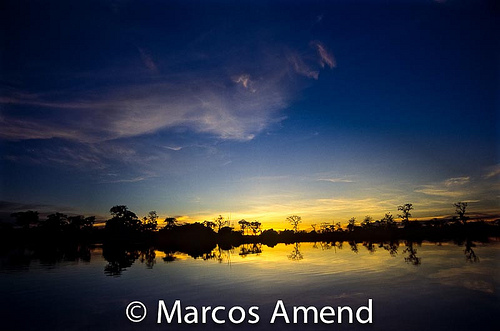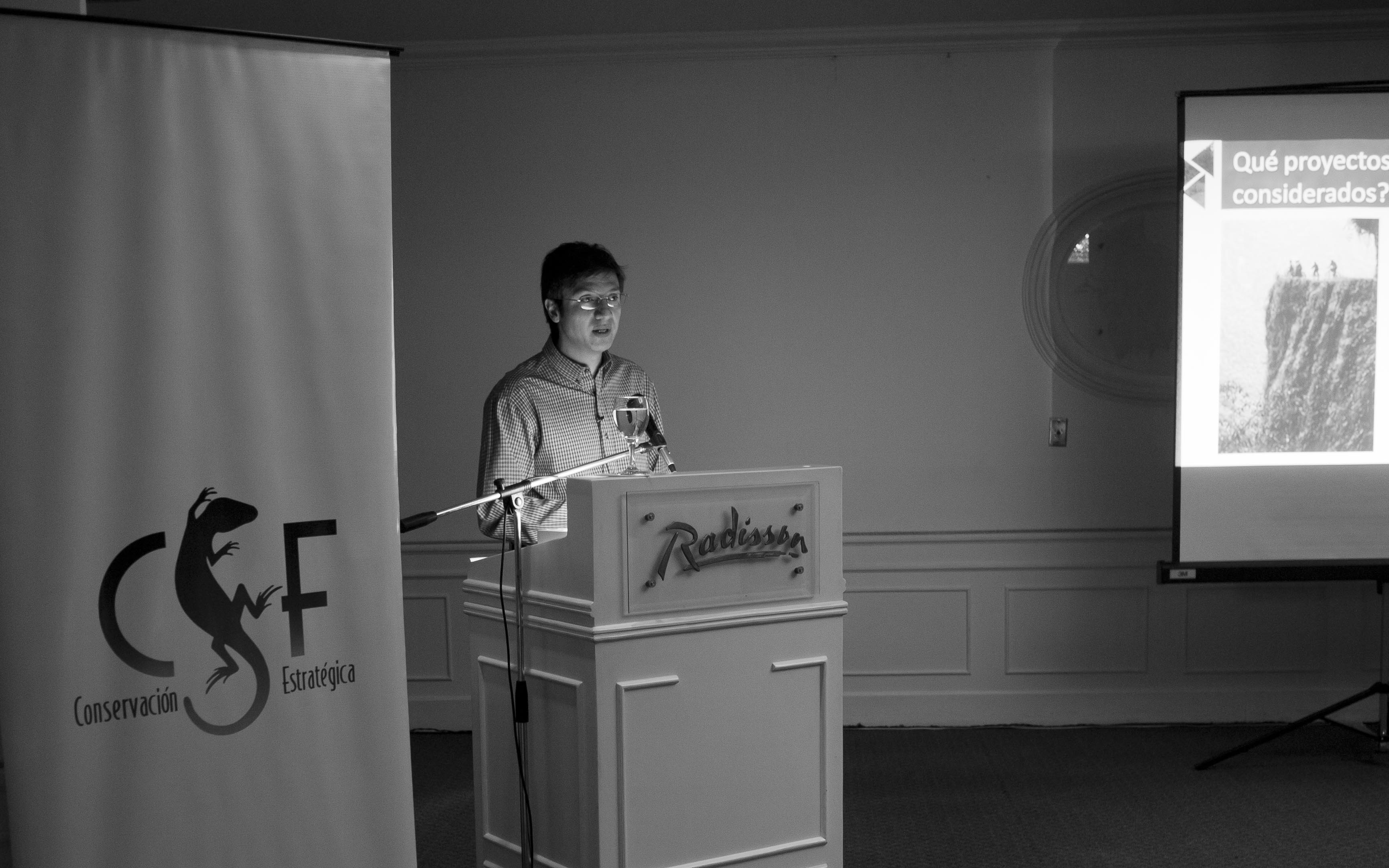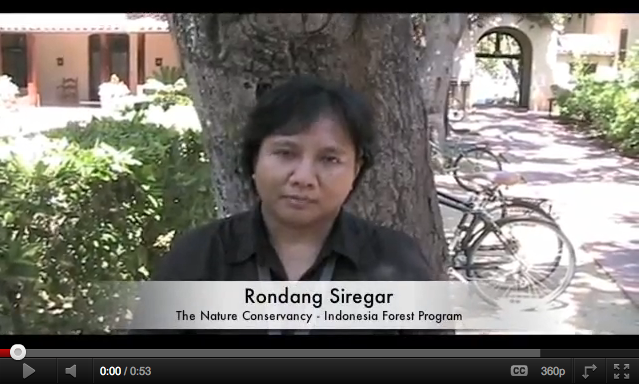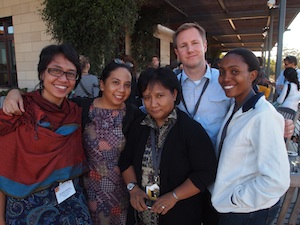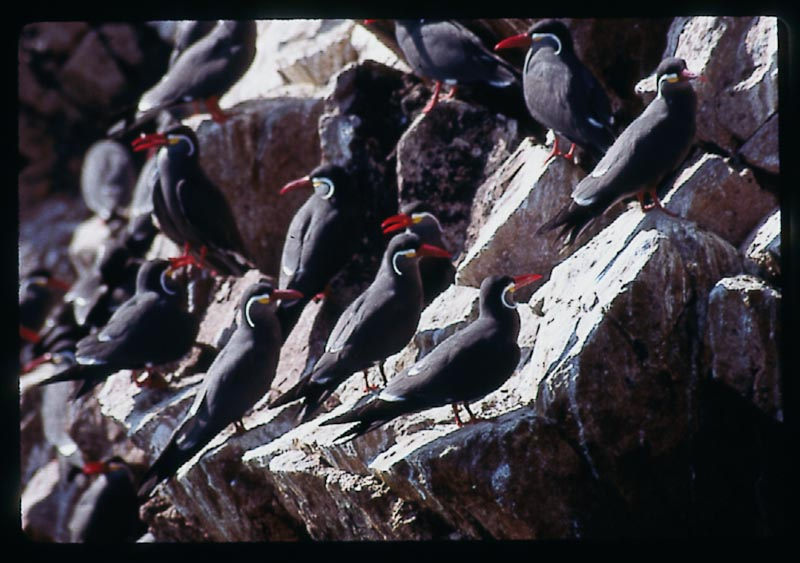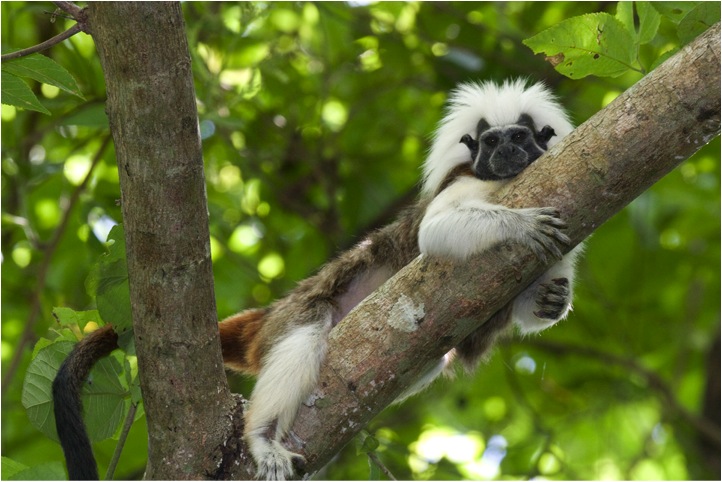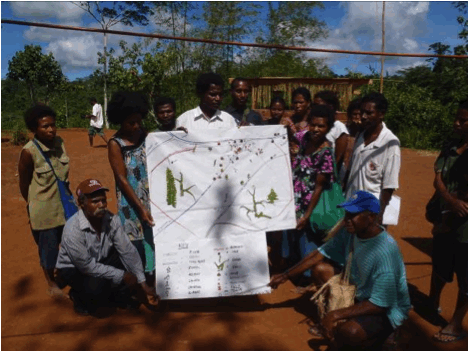News
By investing in ecotourism, Belize has protected more than a third of it's total land area, as well as about 13 percent of it's marine area. As a world leader in conservation, CSF's Venetia Hargreaves-Allen believes the Bahamas could learn significantly from Belize's success. Formerly the principal investigator for the Marine Managed Area Economic Valuation in Belize with Conservation International, Hargreaves-Allen turned her focus to the Bahamas in a marine management study conducted in 2010. She recently presented her findings at a public meeting at the Bahamas National Trust.
Conservation Strategy Fund's Economic Tools for Conservation training course will be offered next year in Micronesia thanks to a grant from the David and Lucile Packard Foundation and a partnership with 2010 international course graduate Willy Kostka and the Micronesian Conservation Trust (MCT).
The course will be CSF's first in the Western Pacific region.
The training will support conservation of marine and forest resources in Micronesia by equipping conservation practitioners, natural resource managers and community leaders with the principles and tools of conservation economics.
CSF will launch African and Himalayan initiatives and expand Andes-Amazon programs through $1.2 million agreement with Biodiversity Understanding in Infrastructure and Landscape Development (BUILD) program of USAID.
The United States Agency for International Development (USAID) recently announced a $1.2 million agreement with Conservation Strategy Fund (CSF) to launch a comprehensive initiative in central Africa, expand CSF’s programs in the Andes-Amazon region, and initiate a limited program in Asia’s Himalayan region. The goal of the program is to promote biodiversity conservation through infrastructure best practices.
Solving our global climate crisis hinges on doing a number of things right. One is slowing - eventually stopping - deforestation, which now accounts for 15-20% of global greenhouse gas emissions. To do that we need to know how much stopping deforestation costs and where on the Earth's vast tropical belt it can be done most cost-effectively. With the support of the Gordon and Betty Moore Foundation, CSF has designed an "opportunity cost" analysis method that will work at the level of individual farms and single land uses and be scalable up to the level of entire regions. To read more about this project and test the model yourself, please click here.
HydroCalculator 2.0 and the Roads Filter have just been released for use on CSF's website.
Both were showcased in early September in La Paz where CSF Bolivia staff rolled out the two strategic tools to prioritize conservation efforts in the face of road and dam development in South America. The first, the HydroCalculator enables people to quickly analyze the pros and cons of hydroelectric projects distinguishing between those that are relatively clean and efficient and those that are expensive and destructive. The hydro presentation is the third in a series that included similar events in Medellín, Colombia and Brasília, Brazil and ultimately aims to avoid destructive dam building.
Rondang Siregar is an Indonesian biologist whose passion is protecting the wild orangutans of her native country. She recently attended CSF’s 13th annual Economic Tools for Conservation course at Stanford University where she and 27 other conservationists from around the world gathered to learn how economic tools could help them succeed. Watch the video below to hear Rondang explain how CSF’s economic training, combined with her skills as a biologist, could help her protect these noble and endangered apes.
Thanks to World Wildlife Fund's Russel E. Train Education for Nature (EFN), nine environmental professionals from seven countries were awarded the opportunity to attend this month’s international Economic Tools for Conservation course at Stanford University. EFN provides financial support to professionals and organizations worldwide for higher education, short-term training, and practical mentoring programs.
Carlos Soria was among the first 22 conservationists to receive his economics education from CSF, back at our first course in 1999. The Peruvian lawyer was named this month as the new General Secretary of Peru's entire collection of national protected areas. Carlos has distinguished himself over the years at the Instituto del Bien Común (IBC), in the national ombudsman's office (Defensoría del Pueblo) and other key positions. As head of SERNANP (the Spanish acronym for the park service) he will oversee 73 nationally protected areas covering around 15% of the country's territory. They span a wide diversity of habitats, from Amazon jungles to high Andes reserves and marine parks.
Proyecto Tití is a Colombian non-profit that integrates wildlife and forest preservation with education and community development. Proyecto Tití’s work centers around the cotton-top tamarin monkey, Colombia’s cutest, but most threatened, primate.
After attending Conservation Strategy Fund's Economic Tools for Conservation course in 2009, Theresa Kas visited the small village of Sohoneliu in her home country of Papa New Guinea. Once she arrived, she realized much of the forest had been depleted to the extent wild animals were no longer hunted and the river was full of sediment and pollution from the local quarry. Theresa took the initiative and began meeting with the local community where many had converted precious forests into farmland. Using the skills she had acquired from the training course at CSF, she conducted a Cost Benefit Analysis to evaluate the true cost of these unsustainable practices. They soon realized that the true economic cost was far greater than the benefit of the harvest and quarry development.

